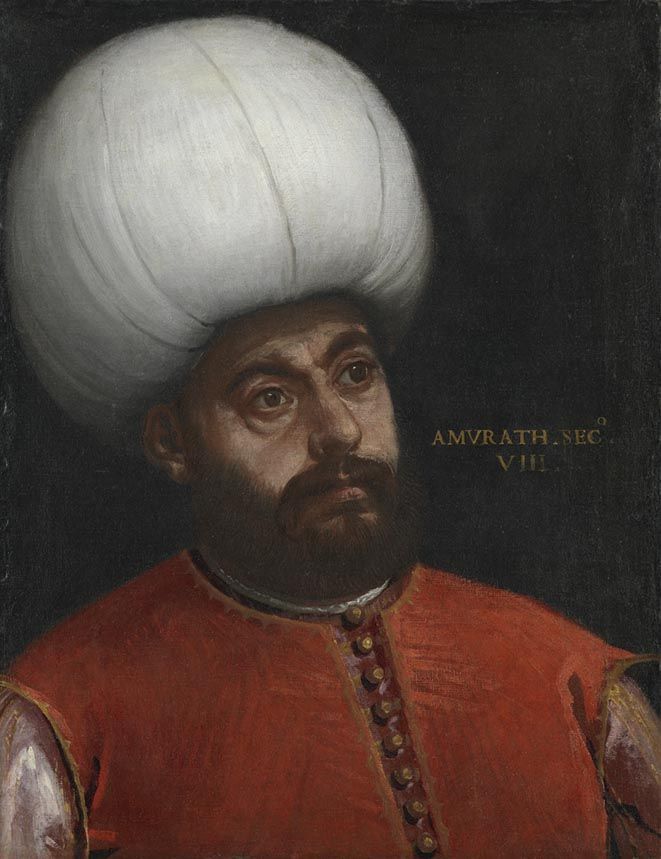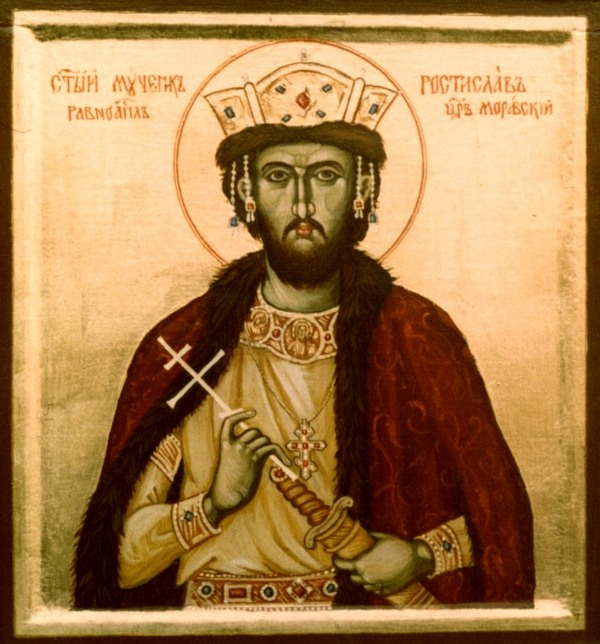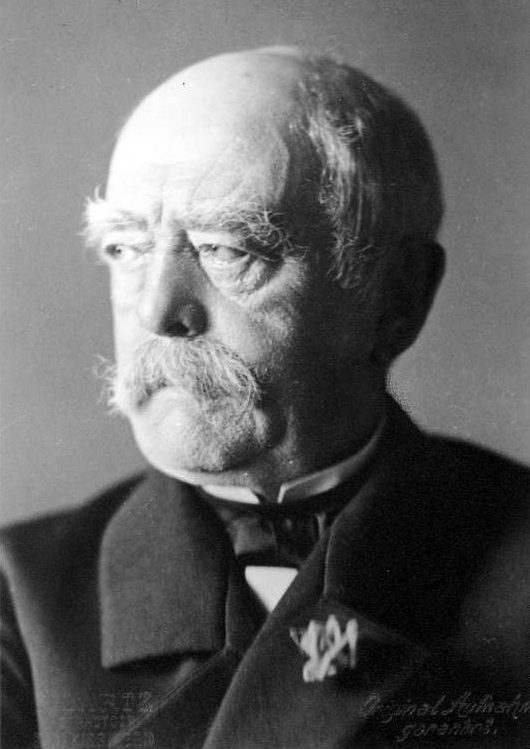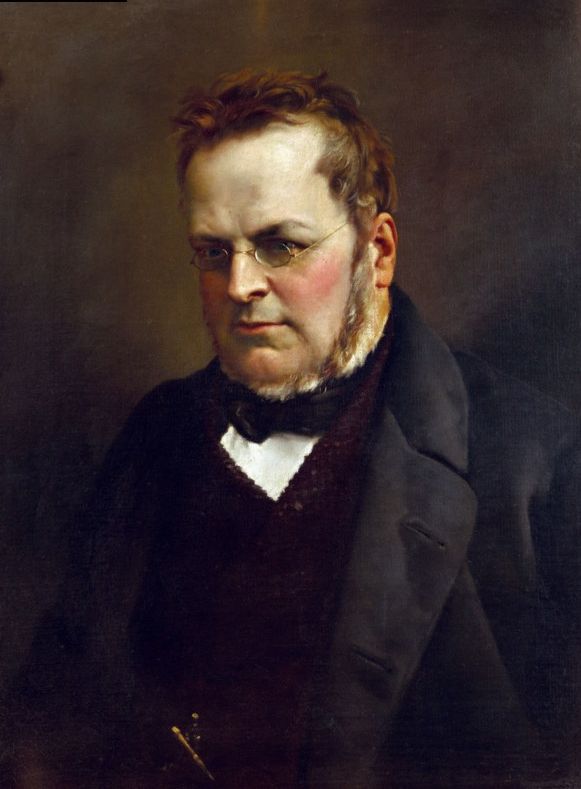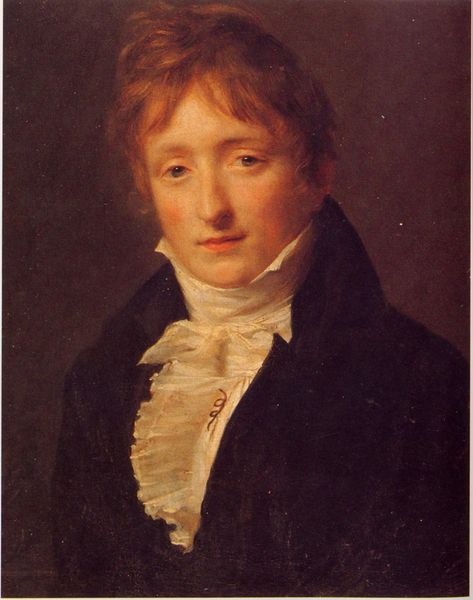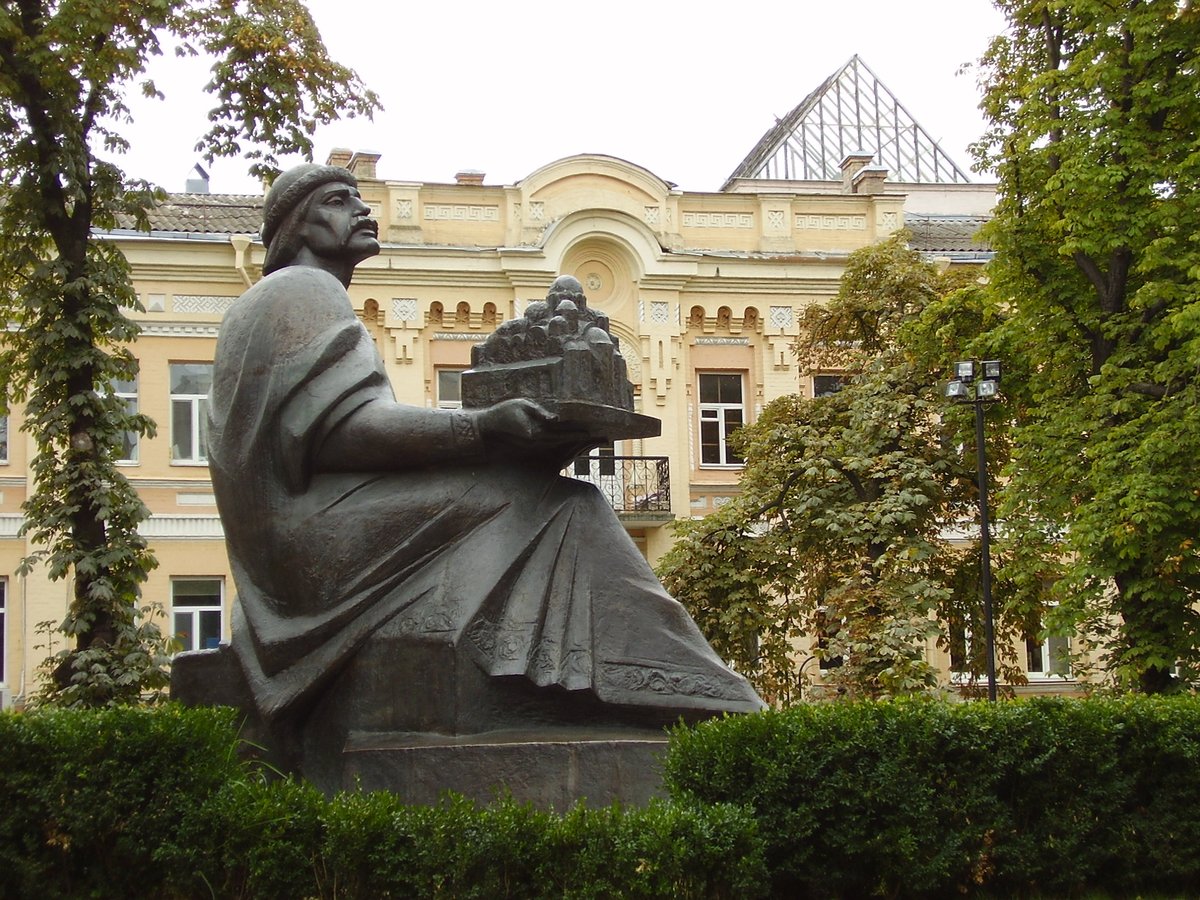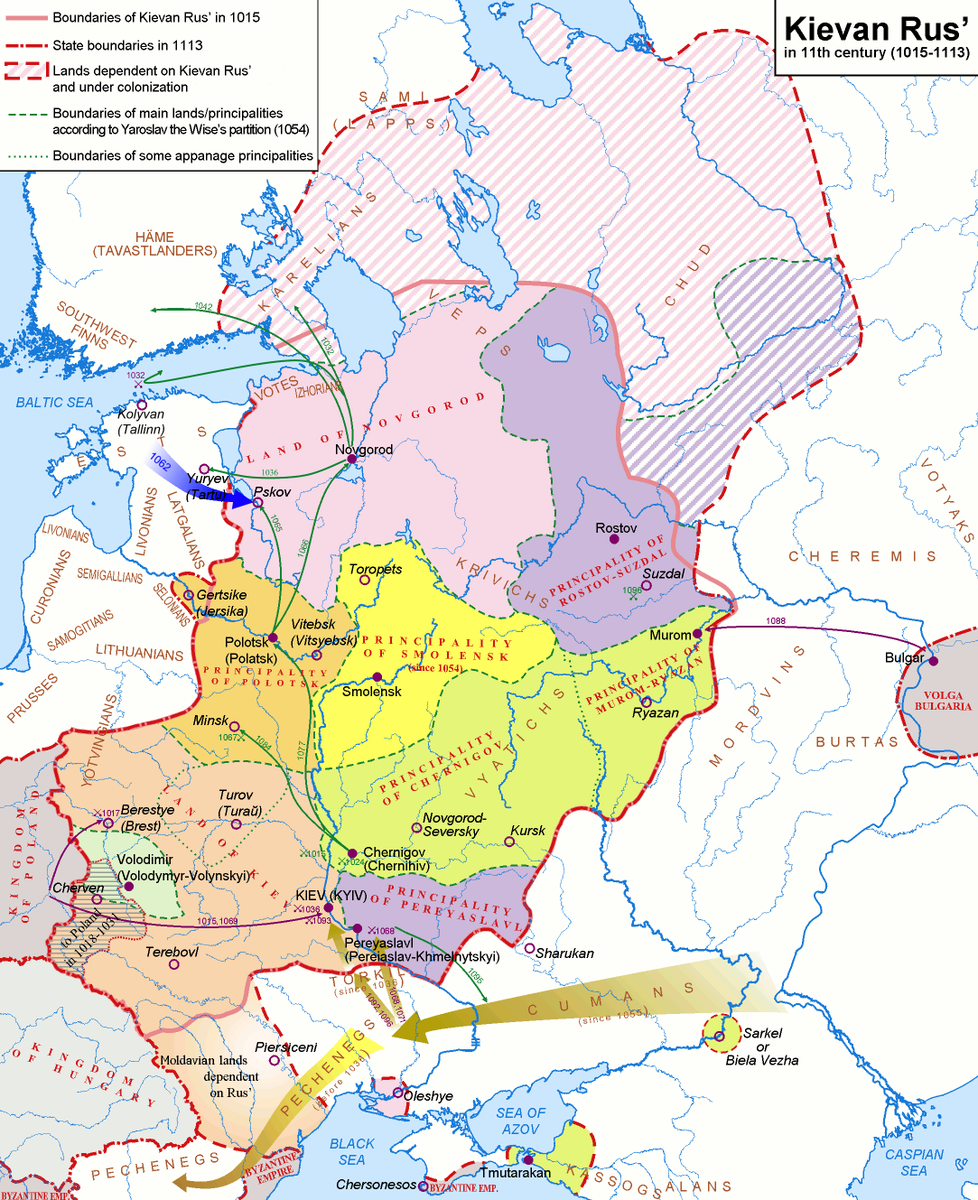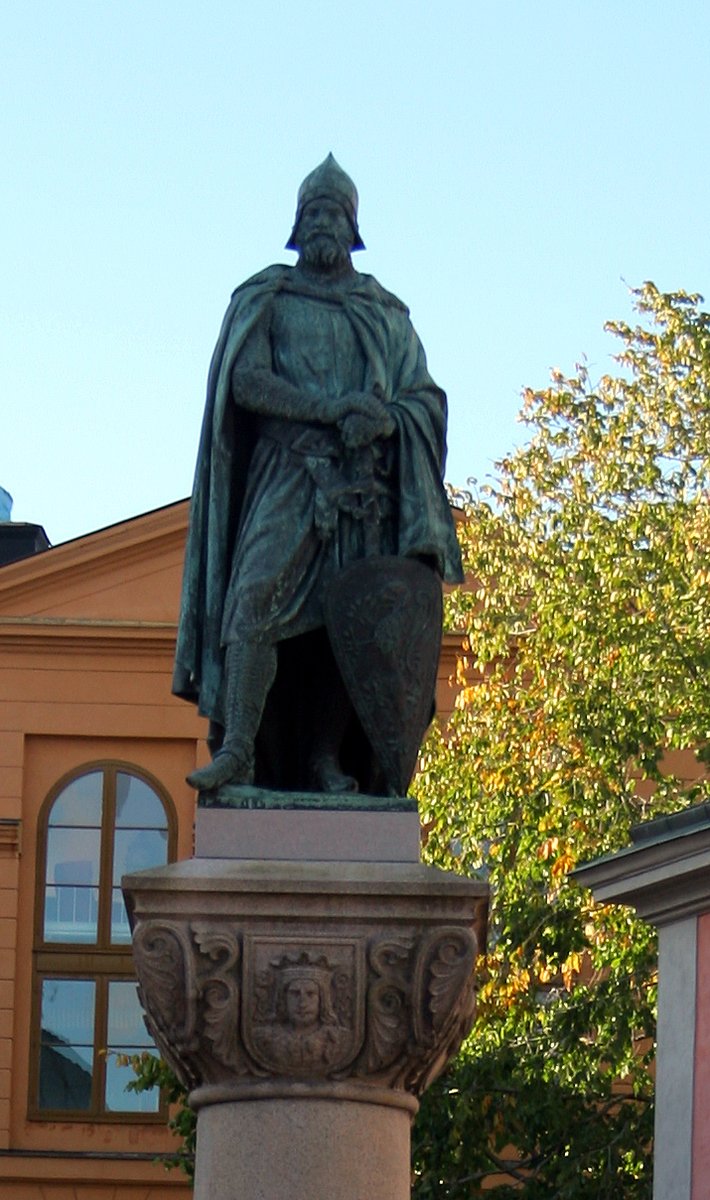A noble seeking great heights, gets crowned as an Emperor.
But only in the last days of the Empire.
Betrayed by his own kin and murdered, his grandson would play an unfortunate role in reviving the Empire decades later.
Story in the evening ...
But only in the last days of the Empire.
Betrayed by his own kin and murdered, his grandson would play an unfortunate role in reviving the Empire decades later.
Story in the evening ...
https://twitter.com/Arby_K/status/1466596138014806018
Berengar was born around 845 to Eberhard, Margrave of Friuli and Gisela, daughter of the Holy Roman Emperor Louis. Friuli was one of the border realms of the Kingdom of Italy and part of the larger Carolingian Holy Roman Empire. 1/10 

The Empire got divided many times after the death of Emperor Louis in 840, but the position of the Emperor persisted. Berengar became Margrave of Friuli in 874, after the death of his elder brother. His half-cousin, Louis, ruled Italy at the time. 2/10 



Emperor Louis died in 875. Gisela's younger brother, Charles, became the new Emperor, but he died in 877. With the death of another of Berengar's half-cousins, Charles, in 888, Carolingian rule was on the decline. This also meant northern Italy was up for grabs. 3/10 

Along with Berengar, the other powers in the area were Duke Guido of Spoleto and his nephew, Margrave Adalberto of Tuscany, who may have also had Carolingian ancestry, though illegitimate. But Berengar got the head start and was elected as King in 888. 4/10 

Not for long though.
Guido defeated Berengar in 889 and got himself crowned King as well. The next decade saw the control of northern Italy change hands a number of times. East Frankish King Arnulf also intervened and got himself crowned as Emperor as well. 5/10
Guido defeated Berengar in 889 and got himself crowned King as well. The next decade saw the control of northern Italy change hands a number of times. East Frankish King Arnulf also intervened and got himself crowned as Emperor as well. 5/10

But by 898, Berengar had managed to gain control of the Kingdom, by outliving his rivals. Guido had died in 894, while his son Lambert died in 898. But a defeat against the Hungarians weakened his cause, though Emperor Arnulf's death in 899 saved it briefly. 6/10 

The next contender for the Italian crown was King Louis of Provence. Though Louis was crowned King and later Emperor by the Pope, Berengar defeated him and had him sent back to Provence. Louis returned in 905, but was captured and blinded. 7/10 

Berengar had also been forming alliances in the meantime. His marriage to Bertila, whose father was earlier Duke of Spoleto, had earlier got him allies. His daughter's marriage to Anscarid Margrave Adalberto of Ivrea, however, did not, as Adalberto sided with King Louis. 8/10 

With no other serious contender, Berengar continued his rule for nearly two more decades. He was crowned as Holy Roman Emperor in 915, though his rule extended only to Northern Italy. In 922, Rudolf of Upper Burgundy was invited by the Italians, including Adalberto of Ivrea. 9/10 

Berengar was defeated by Rudolf in 923 and was later murdered in 924, bringing to end the Holy Roman Empire. It was later revived when the Pope invited East Frankish King Otto to remove Berengar's grandson from power, after which northern Italy got divided into many pieces. 10/10 



• • •
Missing some Tweet in this thread? You can try to
force a refresh


